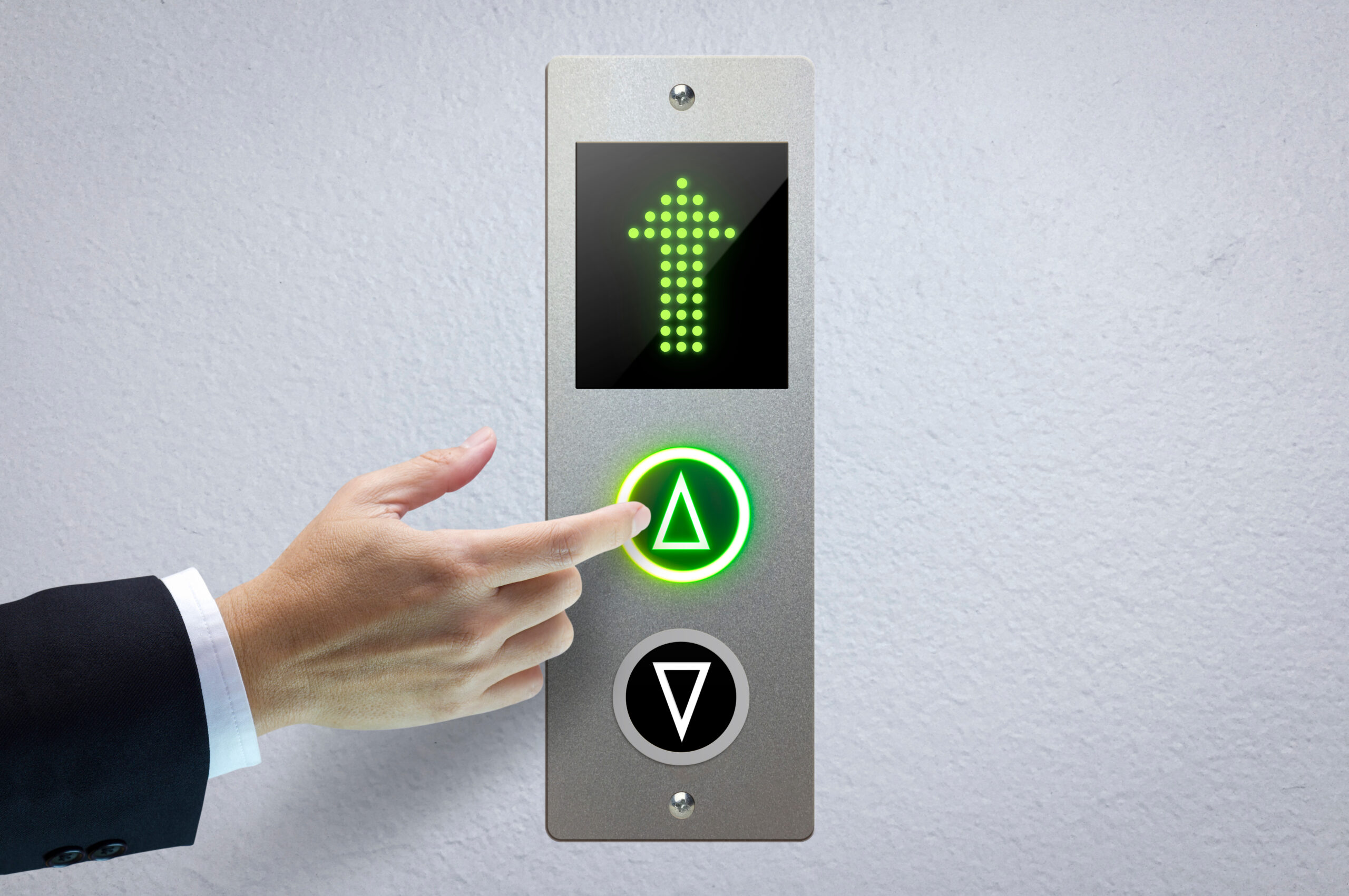
In this personal blog, Nu McAdam, a resident of Hyde Housing Association, highlights their concerns with the current regulations and calls on the government to do better.
Nu, an accessibility consultant and researcher, is quadriplegic from birth and uses a powered wheelchair. They have a passion for making the inaccessible as accessible as physically possible. Nu is also a researcher and has written articles on council cuts, government infrastructure and inequality in architectural design.
Last October, the Building Safety Act 2022 came into force, aiming to radically change the way we design, build and manage high rise buildings in England and Wales. This legislation was a direct result of the tragic fire at Grenfell Tower which killed 72 people and destroyed Grenfell Tower on 14 June 2017. It’s part of a number of changes made by government to try to ensure such a tragedy can never happen again.
However, there’s growing concern from some disabled residents about the lack of accessibility considerations in recently updated building safety regulations, particularly for high-rise structures exceeding seven stories.
Missing accessibility standards
The absence of regulations regarding the number of elevators and emergency exits for those with mobility limitations and service personnel access in high-rise buildings is a glaring omission. This oversight creates significant safety hazards and blatantly disregards the needs of disabled individuals and service providers.
Basement woes
The unclear designation of basement stories further exacerbates the problem. Without accessible exits or connections to car parks, individuals using mobility equipment trapped in the basement during emergencies face a terrifying situation.
Apathy towards inclusion
The lack of focus on accessibility in these regulations suggests a disturbing disregard for disability justice. With an aging population and increasing reliance on mobility aids, neglecting accessibility is not just insensitive but downright irresponsible.
The cost argument
The notion that accessibility features are expensive and unnecessary exposes a fundamental misunderstanding. Accessible buildings benefit everyone, promoting inclusivity and ensuring safety for all residents.
The fight for accessibility
It’s disheartening to see the burden of advocating for accessibility fall solely on charities and activists. The government has a responsibility to ensure the safety and well-being of all citizens, including those with disabilities.
A historical perspective
My personal experience reflects a long-standing neglect of accessibility in social housing. The recent news of a disabled resident forced to climb stairs for years due to a broken lift exemplifies the devastating consequences of such inattention.
Safety concerns beyond disabled residents
The lack of regulations regarding emergency exits and lift capacity not only jeopardises disabled individuals but also service personnel carrying vital equipment. This oversight creates a potential crisis for everyone in the building during an emergency.
What disabled residents want to see:
- Standardised minimum expectations: implementing a minimum number of elevators (two for buildings over seven stories, three for even taller structures) is crucial
- Accessible exits: mandatory accessible emergency exits should be a non-negotiable requirement in all building plans
- Fire safety integration: evacuation procedures must factor in the needs of disabled residents and service providers
- Prioritising accessibility: government regulations and architectural blueprints should prioritise accessibility as a core principle, not an afterthought.
Breaking the cycle
We can’t afford to wait for tragedies to occur before accessibility is taken seriously. Continuous advocacy, raising public awareness and holding authorities accountable are essential for achieving positive change. By amplifying these concerns, we can push for regulations that prioritise the safety and well-being of everyone in high-rise buildings.





